



The expedition to Mount Lhotse can be done either from Everest Base Camp or nearby Chhukung. Being an 8,000er, the Lhotse Expedition encounters many obstacles, including high altitudes, harsh weather conditions, and even sheer exhaustion. We believe our planning, logistics, staffing, and experience, coupled with your enthusiasm, patience, and perseverance, would help you achieve your lifetime dream. We strive hard to conduct the best expedition program at a fair price.
At a height of 8,516m, Mt. Lhotse is the fourth highest peak in the world, situated just 3 km south of the Majestic Mt. Everest.
In the expedition, both Mount Everest and Mount Lhotse share the same base camp as well.
This beautiful Lhotse holds immense promise as it is little developed and offers fascinating opportunities. It’s embedded in a region of great natural scenery and dotted with monuments and villages representing the cultural diversity of Nepal.
The spring season of March to May is considered the best time for the Lhotse expedition. Spring is also the most popular season for the expedition. The months of April and May, and then again in October and November, are the classic climbing period. The summer months of monsoon rains and the winter months from December to February are the most unfavorable times for the Lhotse Expedition. The temperatures can vary from 27 °C to -7 °C at lower elevations, and at higher elevations, it can vary from 16c to -23c.
By the time we reach Lhotse/everest base camp, our climbing leaders and Sherpa will be well on the way to having the lower part of the mountain (the Khumbu Ice Fall) already fixed with ropes and ladders. We will establish four camps on the mountain. The first, at 19,500ft, is situated at the top of the icefall. This camp functions as an intermediate camp until Camp II (advanced base camp) is established at 21,000ft. Camp II will consist of large tents for cooking and dining and several smaller tents for sleeping. Camp II will be our base during Camp III and Camp IV (23,500 feet and 25,912 feet, respectively). Camp III, which stands at the head of the cirque on the Lhotse face, will consist of three and four-man tents. This camp serves as an intermediate camp that climbers will use to reach Camp IV (high camp). Most of our sherpas are able to carry gear directly from Camp II to Camp IV, so large amounts of gear are not needed at Camp III to establish Camp IV. Oxygen will be used above Camp III to help climbers reach high camp before attempting the summit. From Camp IV, we travel along the South East Ridge to the South Summit of Mount Everest. From here, we traverse for a few hundred meters before reaching the Hillary Step and then onto the main summit.
After the Icefall, the climbers arrive at Camp I, which is located at 19,500 feet. Depending on the type of expedition, Camp I will either be stocked by the climbers as they ascend and descend the Icefall or by Sherpas in advance. The area between Camp I and Camp II is known as the Western Cwm. As the climbers reach Camp II at 21,000 feet, they may be temporarily out of sight of their support at Base camp. Nonetheless, modern communication devices permit the parties to stay in contact.

After the Icefall, the climbers arrive at Camp I, which is located at 19,500 feet. Depending on the type of expedition, Camp I will either be stocked by the climbers as they ascend and descend the Icefall or by Sherpas in advance. The area between Camp I and Camp II is known as the Western Cwm. As the climbers reach Camp II at 21,000 feet, they may be temporarily out of sight of their support at Base camp. Nonetheless, modern communication devices permit the parties to stay in contact.

To reach Camp III, climbers must negotiate the Lhotse Face. Climbing a sheer wall of ice demands skill, strength and stamina. It is so steep and treacherous that many Sherpas move directly from Camp II to Camp IV on the South Col, refusing to stay on the Lhotse Face.

As you’re leaving C4, the route becomes very difficult and the wind makes it trickier. There’s a little short slope on reliable snow which leads to the top of the Geneva Spur, and the wind pressure gradient across the spur can increase there as you’re getting set up for the rappel. Camp IV, which is at 26,300 on the Lhotse face, is typically the climbers’ first overnight stay in the Death Zone. The Death Zone is above 26,000 feet. Though there is nothing magical about that altitude, it is at this altitude that most human bodies lose all ability to acclimate. Accordingly, the body slowly begins to deteriorate and die – thus, the name “Death Zone.” The longer a climber stays at this altitude, the more likely illness (HACE – high altitude cerebral edema – or HAPE – high altitude pulmonary edema) or death will occur. Most climbers will use oxygen to climb and sleep at this altitude and above. This is the final major camp for the summit push. It is at this point that the climbers make their final preparations.
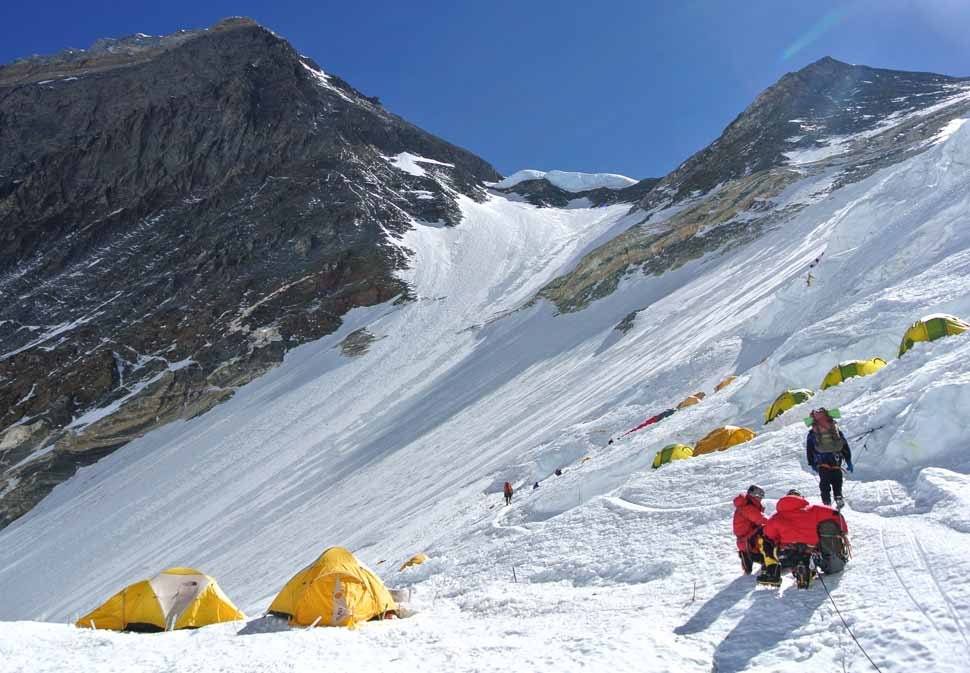
From Camp IV, climbers will push through the Colour, at 27,500 feet. , they slowly and laboriously proceed to the summit at 29,028 feet. The summit sits at the top of the world. Though not the closest place to the sun due to the earth’s curve. Due to the decreased air pressure, the summit contains less than one-third of the oxygen as at sea level a person would die within minutes. Typically, climbers achieving the great summit will take pictures, gain their composure, briefly enjoy the view, and then return to Camp IV as quickly as possible. The risk of staying at the summit and the exhaustion from achieving the summit is too great to permit climbers to fully enjoy the great accomplishment at that moment.


Upon your arrival at Tribhuvan International Airport (TIA), you will be required to complete official procedures to obtain the Nepal Entry Visa at the Immigration counter. A representative from Expedition Himalaya will be present to welcome you at the Arrivals. Following the meet and greet, you will be transferred to the pre-booked hotel for relaxation. Take this opportunity to freshen up and rest.

On the second day, we will complete all official procedures, including necessary documentation, obtaining permits, and other formalities essential for our expedition. This will be followed by a day of sightseeing around the city.The next phase involves preparing for our expedition. Activities include packing our bags, necessary shopping, rechecking all essential items, especially medicines, and conducting briefings on various aspects of the expedition. This is an opportune time for communication and introductions among fellow climbers and teammates.

Following a delightful breakfast, we will embark on a thrilling helicopter flight to Lukla Airport and to Namche. The flight offers breathtaking views of valleys, rivers, hills, and mountain ranges.

Namche Bazaar, which is the commercial point of the Khumbu region. As we reach Namche, we rest at our hotel and enjoy our dinner. The next day, we hike up to Everest View Point (3900m) & decend back to our Hotel to acclimatize where we can also go around the village area and experience some local sherpa culture. We can also visit the Everest Photo Gallery and the Sherpa Museum while in Namche.After a day of rest and acclimatization in Namche, we proceed to Tengboche Monastery, a serene location offering spectacular views of Mt. Everest, Nuptse, Lhotse, Ama Dablam, Thamserku, and Kangtega. We participate in prayer ceremonies and take a day to rest.

After a day of rest and acclimatization in Namche, we proceed to Tengboche Monastery, a serene location offering spectacular views of Mt. Everest, Nuptse, Lhotse, Ama Dablam, Thamserku, and Kangtega. We participate in prayer ceremonies and take a day to rest.

Continuing our journey, we trek to Dingboche, taking a day to acclimate ourselves. The trail passes through Lower Pangboche, providing stunning views of Ama Dablam. After acclimatization, we move to Lobuche, the last village with lodges on the trail to Everest.

The following day is dedicated to acclimatization, during which we embark on short hikes to marvel at the majestic mountain vistas at an altitude of around 5500m.

After rest and acclimatization at dingbuche we will trek towards lobuche -4930m

The next leg of the journey takes us to Everest Base Camp, offering panoramic views of Mt. Everest, Lhotse, Nuptse, Ama Dablam, and more. We spend several days at the base camp, training, acclimatizing, and preparing for the summit. Training includes ladder practice, using climbing gear, and traversing the Khumbu Icefall.

At Base Camp, our comprehensive full-board service includes delectable meals prepared by seasoned chefs, cozy dining tents, and amenities like solar lights, Internet, and Satellite Phones. The expedition involves multiple rotations to upper camps for ice, rock, and snow climbing practice, along with ridge-walking using fixed ropes. When the summit push is scheduled, an early start ensures reaching the peak in time for a breathtaking sunrise. The calm morning weather, marked by minimal wind and heat, provides ideal conditions for a successful ascent. After conquering Lhotse Peak and capturing memorable moments, a gradual descent back to the lower camps, possibly Base Camp, follows.

The last day will be packing up all your personal gears and then ready to fly back to kathmandu from Base camp.

International departure








































Preparing for a challenging expedition requires assembling a comprehensive array of essential gear, encompassing a durable backpack, weather-resistant tent, cozy sleeping bag with an insulated sleeping pad, and a reliable stove for cooking sustenance on the go; navigation tools like a map, compass, and GPS device ensure a safe journey, while a well-stocked first aid kit, emergency shelter, and multi-tool provide security in unforeseen circumstances; carefully chosen clothing layers, including waterproof rain jackets, trekking socks, and sturdy hiking boots, offer protection from the elements, complemented by trekking poles, a backpack rain cover, and dry bags for added resilience against inclement weather.
CLICK THE PICTURE FOR MORE INFORMATION
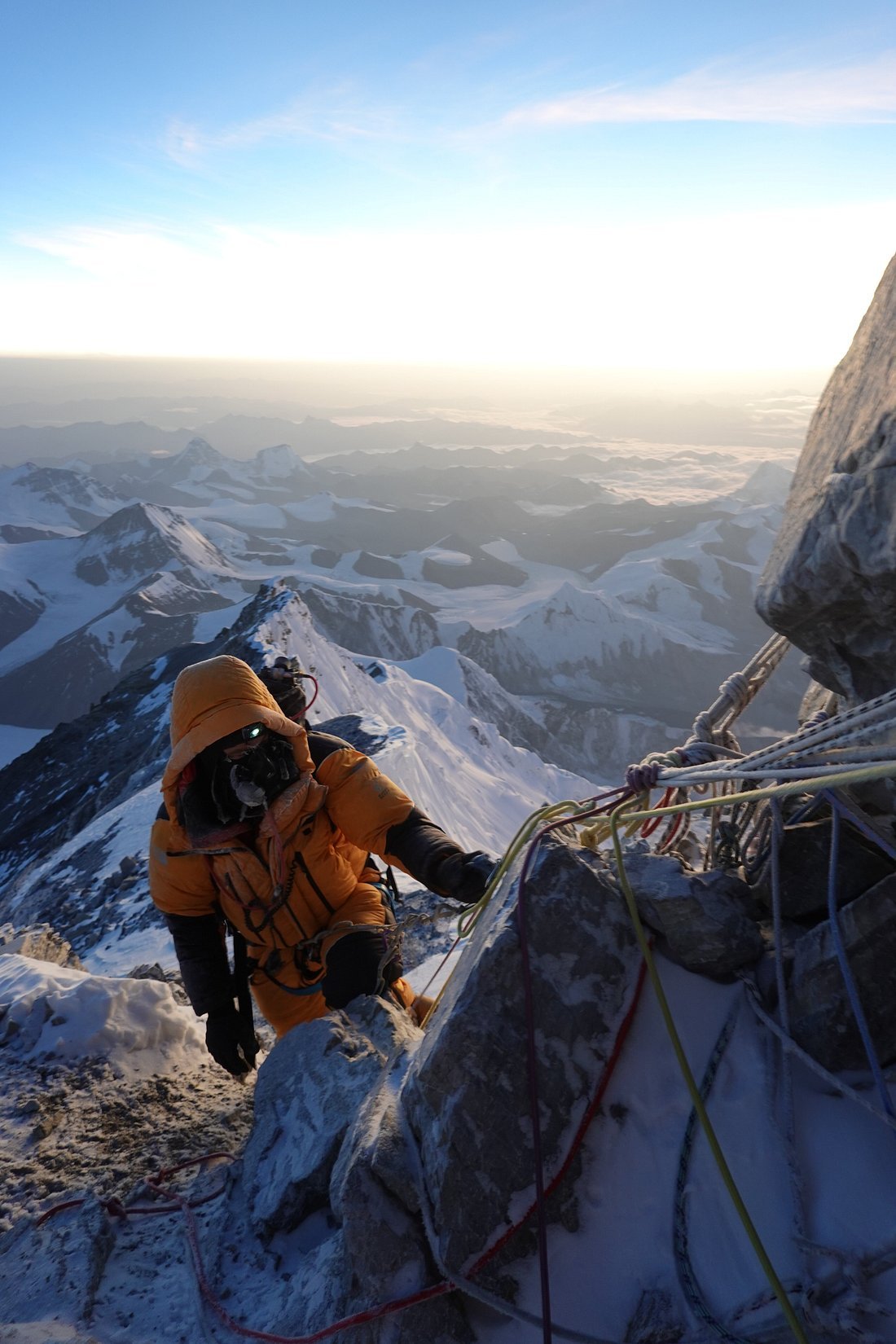
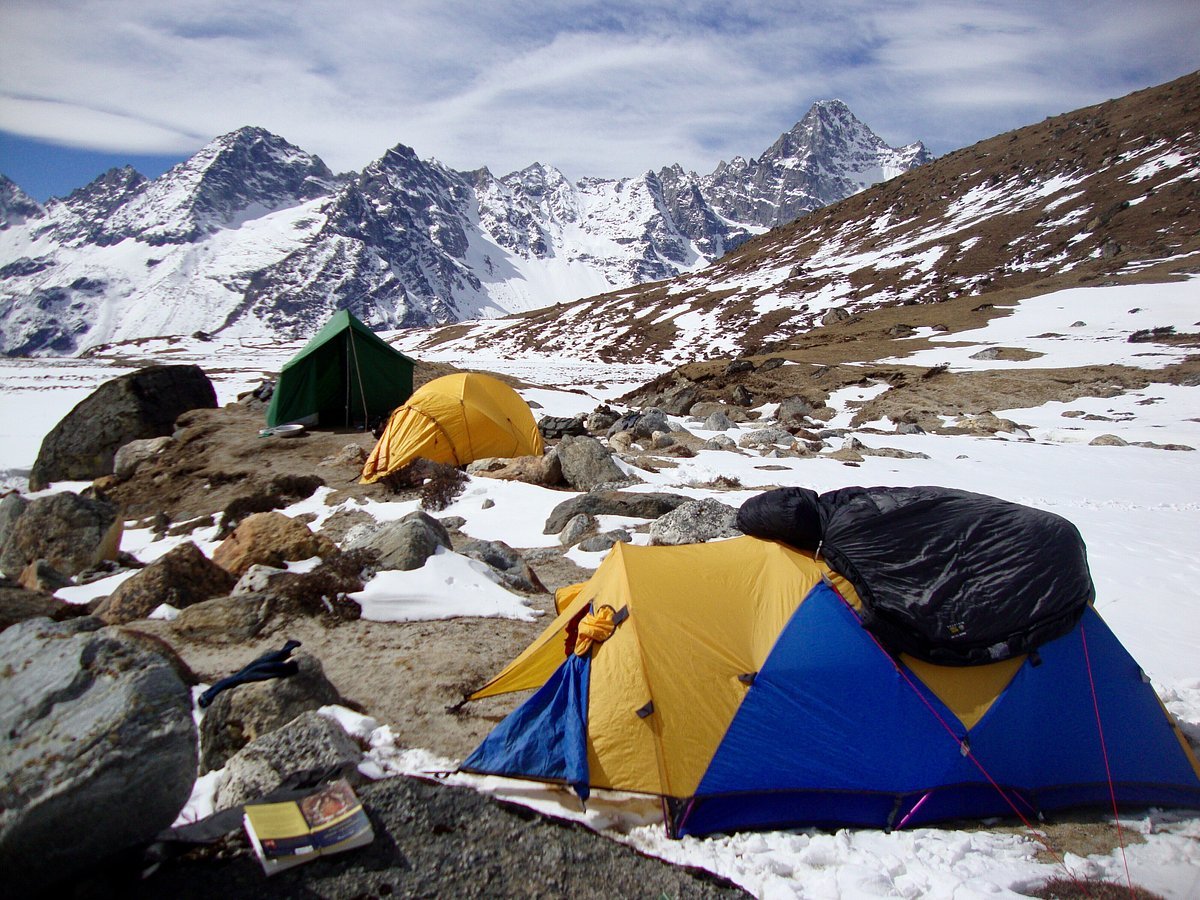
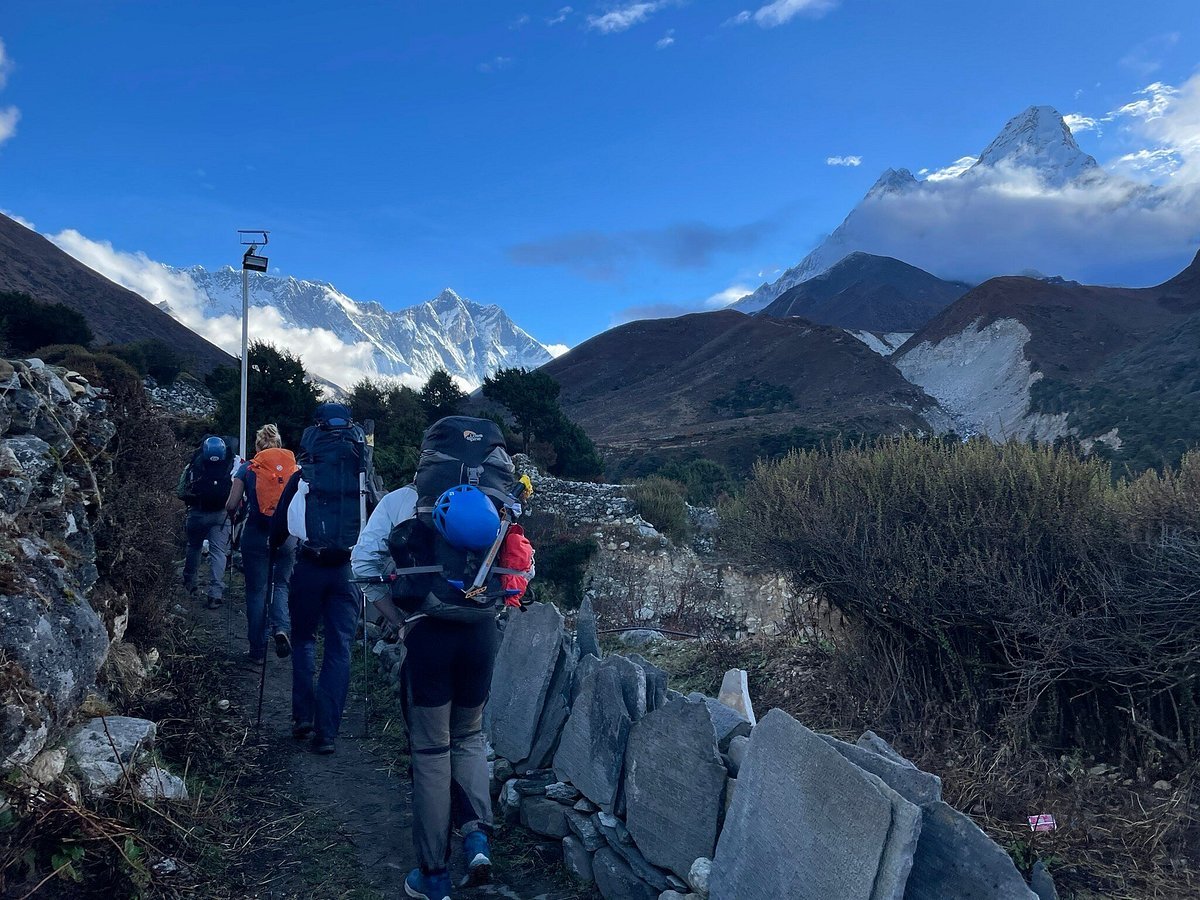
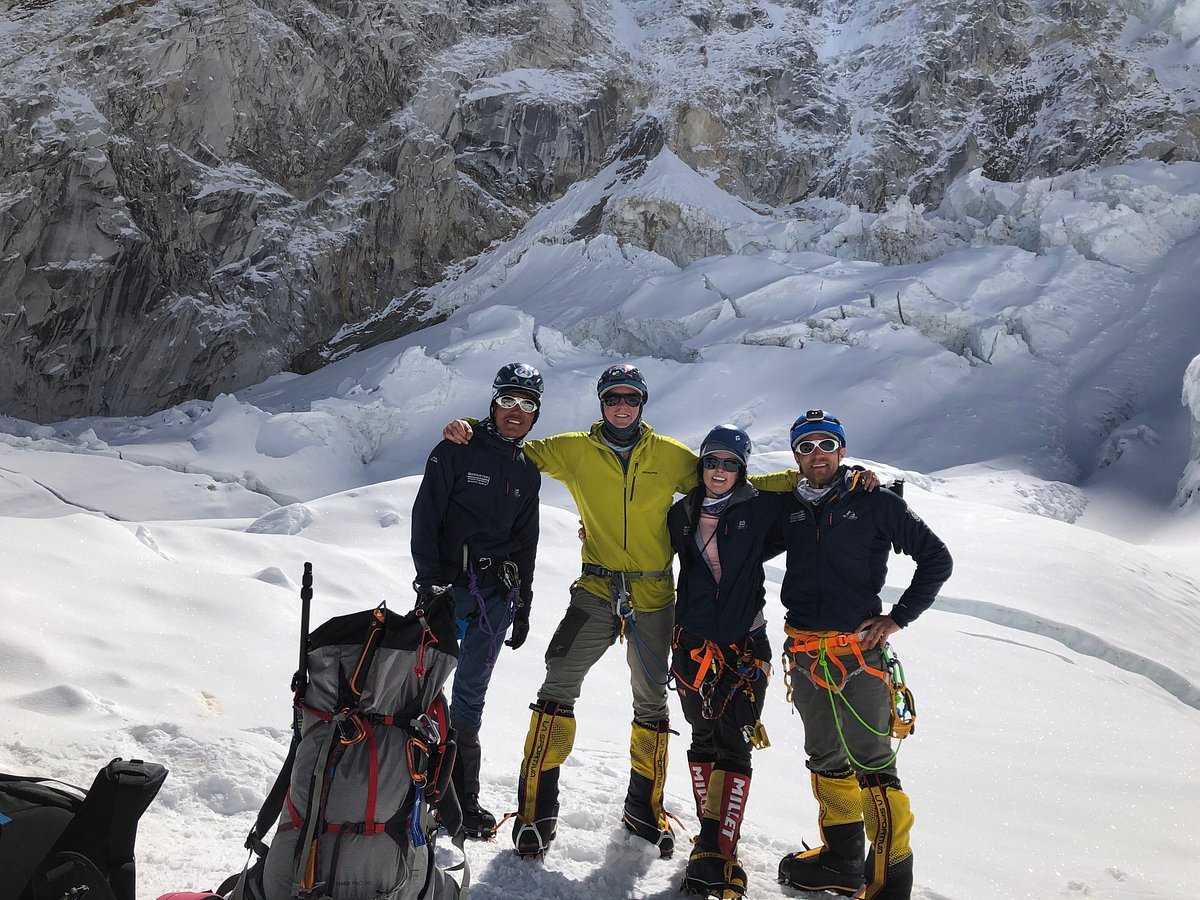


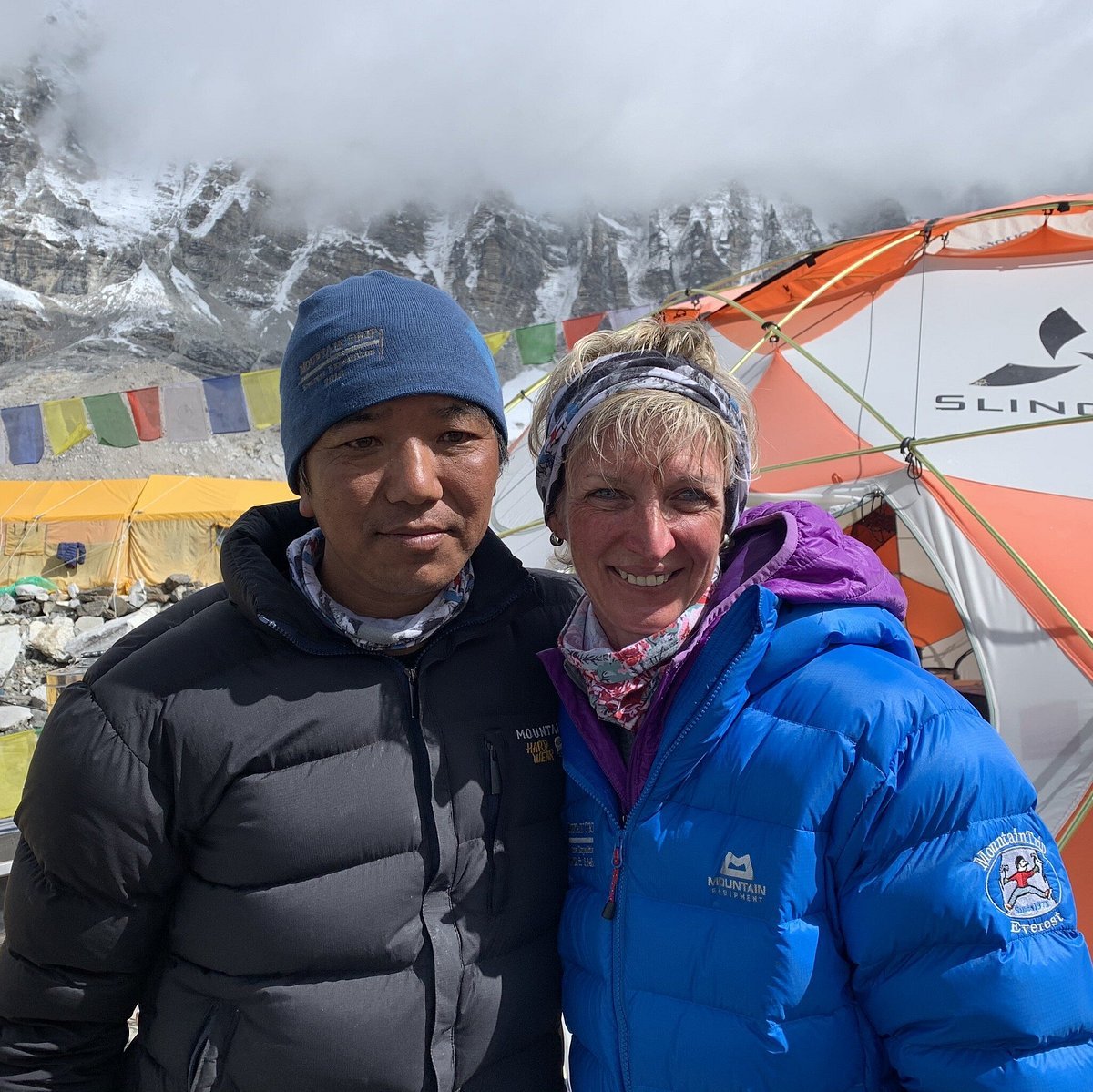

Peak fitness is essential. Train with hikes, carrying gear. Personal Sherpas are optional; porters handle group equipment. Individualized advice for mental and physical preparation is available.

Pre-expedition medical examination is recommended. Dental checks are crucial due to pressure changes at higher altitudes.

Prior high-altitude and mountaineering experience is required for eight-thousander expeditions. Training programs for newcomers are offered. For seven-and six-thousander expeditions, experience on four-thousander peaks is advisable.

Months of physical and mental preparation are necessary. Exercise, diet, and rest are key. Free world-class training programs for Everest climbers are available, along with exclusive discounts.

Months of training are required for fitness and technical climbing experience. Climbing lower peaks familiarizes climbers with equipment and terrain. Expedition training programs are offered in Europe and the US.

Climb lower peaks for altitude adaptation. Tailor-made programs prepare climbers for 8000er expeditions.

Expedition Himalaya, a veteran of Mount Everest and Himalayan expeditions, are poised to make climbing the Himalayan range a safe and unforgettable experience.
© 2024 Developed by Digital Raghu.